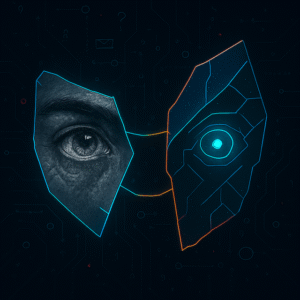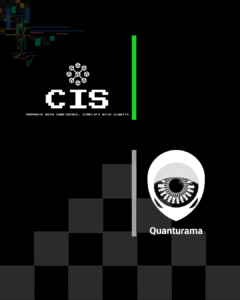Web 3.0 is the future. Let’s define the differences between Web 2.0 & Web 3.0

The internet has evolved significantly since its inception, and we are now on the cusp of a new era with Web 3.0. This next generation of the internet brings forth a multitude of advancements that will transform how we interact, transact, and navigate the digital world. In this article, we will explore the differences between Web 2.0 and Web 3.0, and highlight why it’s advantageous to get involved early in this promising market.
- Web 2.0: The Era of User-Generated Content and Social Media: Web 2.0 revolutionized the internet by empowering users to generate and share content. Platforms like Facebook, Twitter, and YouTube allowed individuals to create, consume, and connect on an unprecedented scale. However, Web 2.0 was primarily centralized, with power and control resting in the hands of a few tech giants. Data privacy concerns, censorship, and limited user control were some of the drawbacks associated with this era.
- Web 3.0: The Decentralized and Empowered Internet: Web 3.0 represents a paradigm shift in the internet landscape. It embraces decentralization, blockchain technology, and peer-to-peer interactions. Web 3.0 introduces concepts like decentralized finance (DeFi), non-fungible tokens (NFTs), smart contracts, and self-sovereign identity. It offers increased privacy, security, and user control, while enabling peer-to-peer transactions, trustless collaborations, and verifiable ownership of digital assets. Web 3.0 places the power back into the hands of individuals and fosters a more inclusive and transparent digital ecosystem.
- Early Adopters Reap the Rewards: Getting involved early in the Web 3.0 market presents numerous advantages. First and foremost, it allows individuals to stay ahead of the curve and become pioneers in this transformative era. Early adopters can actively shape the development of Web 3.0 technologies, contribute to their growth, and even identify new opportunities for innovation and entrepreneurship.
Moreover, the early stages of any technological revolution often bring significant financial benefits. Investing in promising Web 3.0 projects, cryptocurrencies, or NFTs can lead to substantial returns as the market evolves and gains mainstream adoption. The potential for early entrants to witness exponential growth and capitalize on emerging trends is compelling.
Additionally, early involvement in the Web 3.0 ecosystem allows individuals to become familiar with the tools, platforms, and protocols that will drive the future of the internet. By gaining hands-on experience, learning new skills, and participating in the vibrant community, individuals can position themselves as experts in a rapidly growing and evolving field, opening doors to exciting career prospects and networking opportunities.
Conclusion: Web 3.0 represents a transformative shift in the internet landscape, empowering individuals, and creating new possibilities for innovation, collaboration, and financial growth. By understanding the differences between Web 2.0 and Web 3.0 and recognizing the early stage of this market, individuals can position themselves at the forefront of this digital revolution. Embracing Web 3.0 technologies, investing wisely, and actively engaging in the community offers the chance to shape the future and reap the rewards of being an early participant in this promising era. Now is the time to dive into the Web 3.0 market, and join the pioneers who are laying the foundation for a more decentralized, inclusive, and empowering internet.




